For documentary purposes, I want some code for a plot in the html-output, but not the plot. Later, I have to call the plotting code, and add something to the plot, but only seeing the additional code. I tried this:
```{r non.finished.plotting, eval=FALSE}
plot(1,type="n")
```
Some explanatory text here in the output:
"This produces an empty plot, and we could now add some points to it manually."
```{r add.layer, fig.width=5, fig.height=5}
<<non.finished.plotting, echo=FALSE>>
points(x=rnorm(100,1,0.1), y=rnorm(100,0.8,0.1) )
```
I have found the echo-notation at Yihui's, but when I knit this, I get an error message in the output.
## Error: plot.new has not been called yet
I also tried fiddling with the chunk options, but I could not find a combination which does what I want. (Sorry, this is very basic, but I did not find something quite like this example.)
